Prescribed Fire: Setting
Back the Successional Clock

Prescribed fire is one of the tools the Pennsylvania Game Commission uses to conduct land management on a large scale.
These fires cut back tall or thick plants, which ultimately restarts a natural process called succession. Succession is the gradual change of a landscape from grassland to shrubland to forest. This gradual change is ultimately influenced by sunlight and how plants compete for sunlight to survive.
Stages of Succession
Every landscape once began as a grassland. Grasses and forbs are the shortest types of vegetation we have, so they don’t need to compete with each other for the sunlight they need to survive and thrive. Many wildlife species rely on these grasses and forbs for nutrition, including the small mammals that are the foundation for many of our wildlife food chains.
But the next step of succession is where the competition starts heating up.
After a while, the grasslands become dotted with slightly taller plants that outcompete the grasses for sunlight and ultimately shade them out. As these shrubs continue to beat out shorter vegetation, they become the dominant plant type, leading to shrubland. Shrubland is an important type of habitat that provides both food and cover for wildlife. Shrub species often produce berries with lots of nutrients and energy for wildlife such as bears and birds. The general shape of shrubs makes them a wonderful source of cover, or shelter.
But there’s one more plant type that’s taller than shrubs.
The final stage of succession is forest. After some time, trees begin to pop up and outcompete the shrubs for sunlight. Since the trees are the tallest plant type, they eventually outcompete all the shrubs until all that’s left is trees, making the landscape a forest. This stage of succession will continue until a disturbance knocks down some of the trees to provide sunlight to the forest floor, restarting the successional clock.
Causing a Disturbance
The best way to knock down some of the old trees is to cause a disturbance with fire. Fire can be used to burn back shrubs and trees so light can return to the ground, allowing grasses and forbs to grow again. 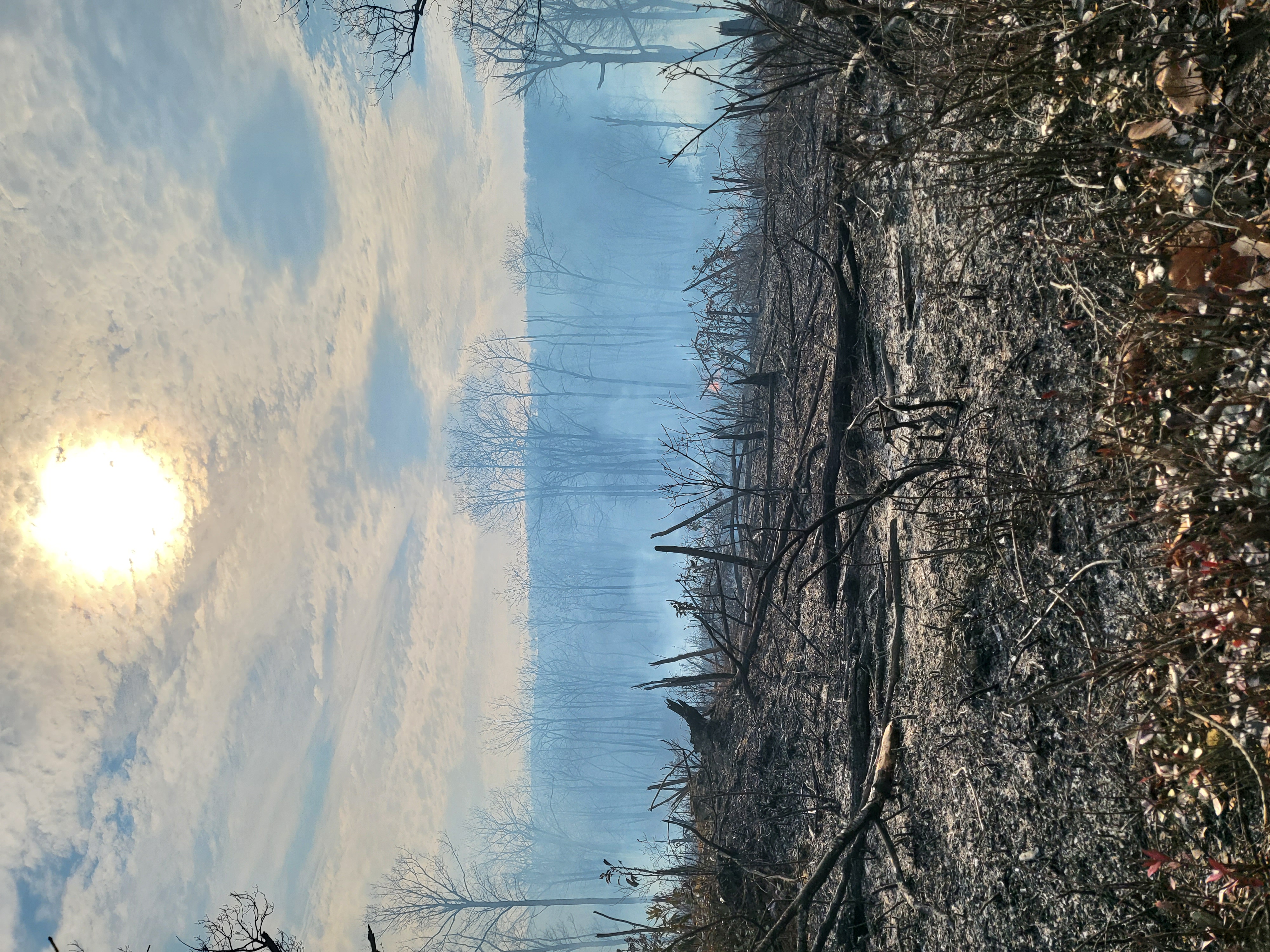
But it’s important we don’t just start a blaze and let it go. Instead, the Game Commission plans fires months in advance to achieve land management goals. These fires, known as prescribed fires, are done in a safe and controlled manner to knock back invasive plant species, restore grass species, reduce leaf litter, or achieve another positive habitat effect.
Land managers and their habitat crews train for years to plan and implement these fires. In fact, every crew member on site at a fire must go through annual knowledge and physical fitness tests to ensure they’re prepared.
Preparing for the Burn
One of the physical fitness components is the pack test, which involves each crew member putting on a 25-pound weighted vest and covering 2 miles on uneven terrain. The test must be completed in 30 minutes or less, and crewmembers have to walk the entire time (no running). Burn bosses and those involved in internal ignitions have to pass an intense pack test, which includes walking 3 miles wearing a 45-pound vest in the same amount of time.
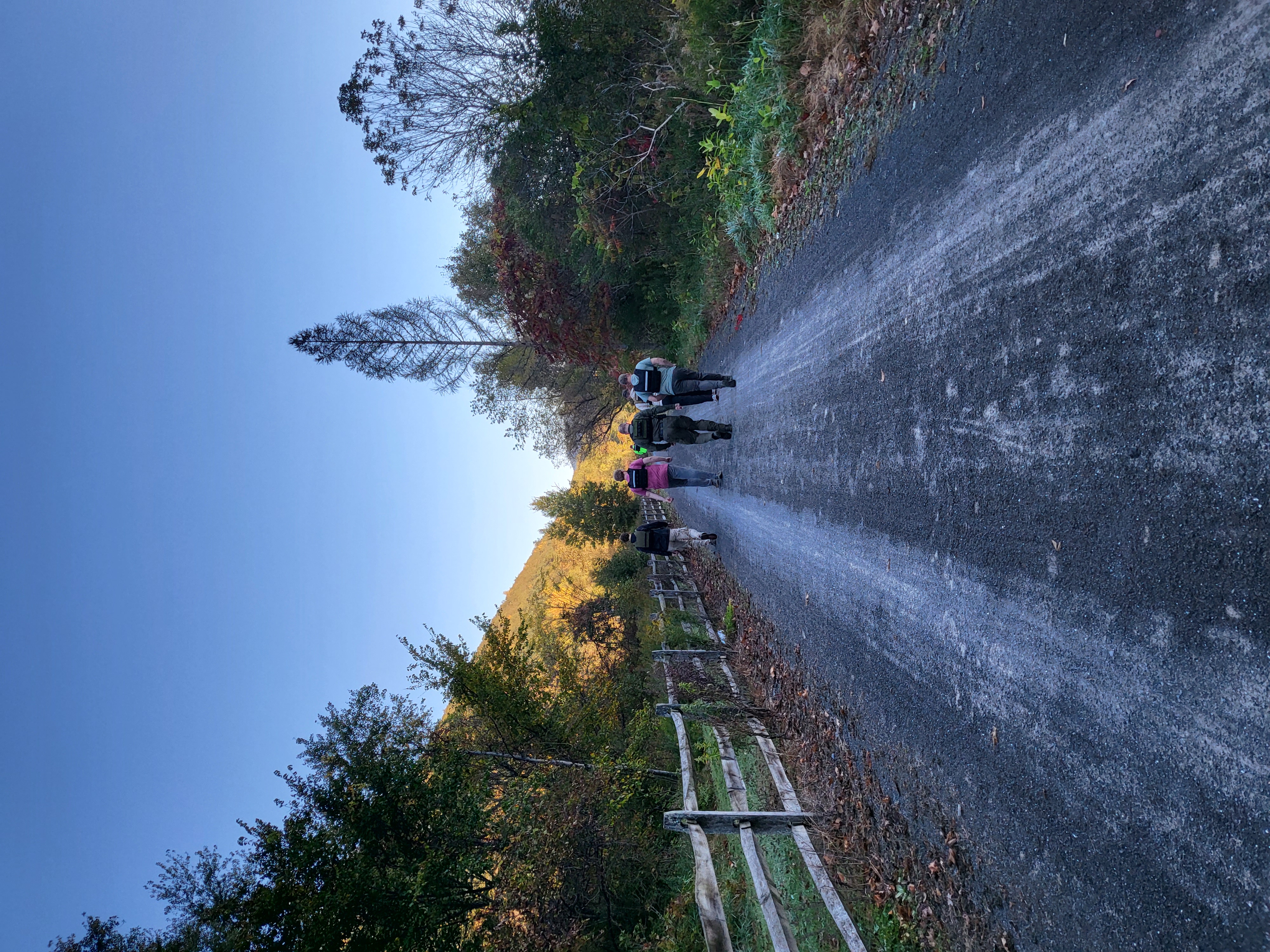
This pack test prepares crew members for emergency situations that can happen during a prescribed fire. To prevent these situations, crews are outfitted with all the equipment to safely keep the fire contained. Each squad within the crew has a vehicle outfitted with water pumps, drip torches, chain saws, hand tools, leaf blowers, and fuel as well as safety equipment. The crew members also carry packs with safety equipment, food, water, and radios.
The Prescribed Fire Process
We start by setting a small area on fire with the drip torch to see how the fire will behave. If the fire is achieving the right type of burn, we spread the test fire out farther along a boundary line. If the burn boss decides it’s safe to continue, we move on to the next step.
Step 2: Burning a Boundary
We grow the test fire by spreading it with the drip torch along a boundary. We continue spreading the fire along the boundary until the entire burn area is surrounded by fire. This helps prevent the fire from spreading outside of the burn area because once an area is burned, it cannot burn again. Just like having thick lines in a coloring book, this thick burned line surrounding the burn area keeps the fire from crossing the line and burning outside of the desired burn area.
Step 3: Internal Ignition
Once we have a solid boundary burned, we can start igniting the center of the burn area. We have different methods for different sizes of burns, but here you can see our drone method. The drone will drop spheres containing fire into the middle of the burn area at a controlled pace. Using this tool allows us to safely speed up the burn process without having people with drip torches inside the active burn area.

Once everything is lit, it’s just a waiting game. We monitor the fire using thermal imaging on the drone to ensure no small fires have started outside the desired burn area. Although the burned boundary should keep this from happening, we’re prepared with water tankers, pumps, and hoses on each of the vehicles to put out accidental fires quickly and safely.
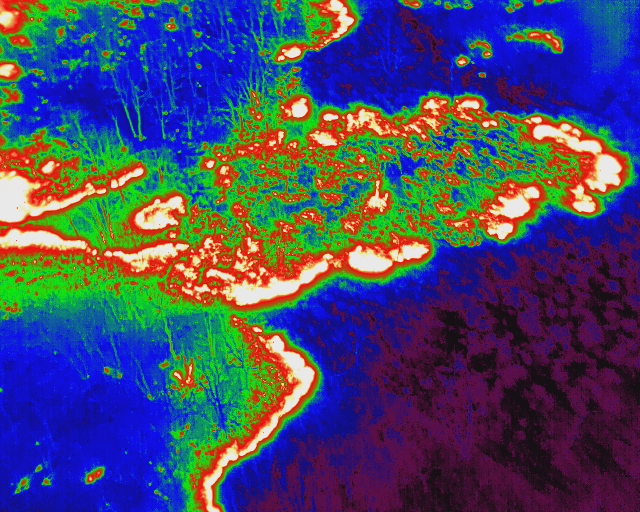
Step 5: Check the Boundaries and Pack Out
Once the fire has covered the entire area and completed its job, we check the boundaries one last time to make sure there are no fires outside of the desired burn area. We also check for burning trees near the boundary that could spread fire outside the burn area if they fell over. When we find these trees, we use the chainsaw and wedges to drop the tree inside the burn area. Once the scene is safe, we pack up all our equipment and let mother nature do the rest.
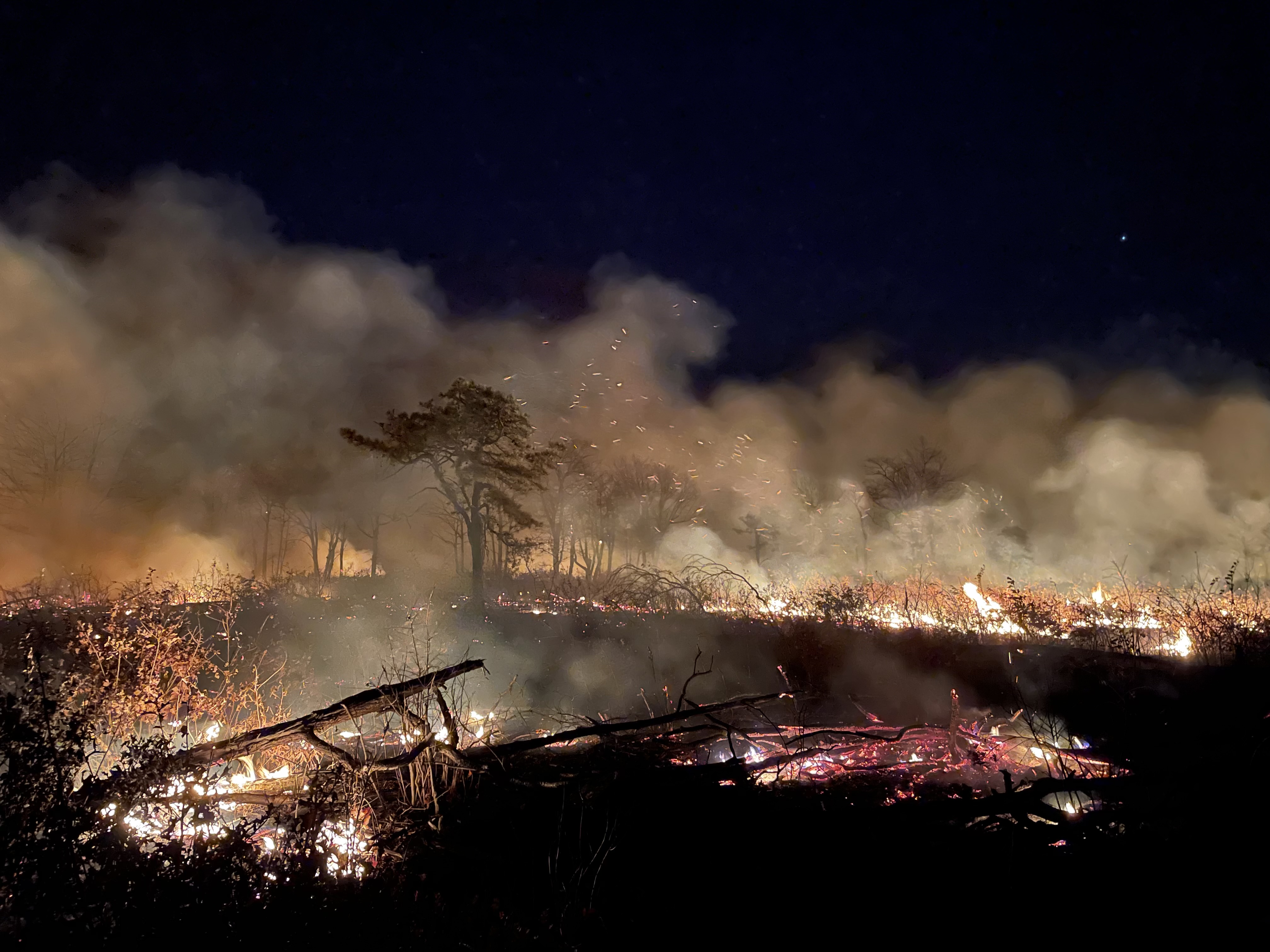
After the Burn
Within a couple weeks, grasses and fire-adapted species begin to grow back on the charred landscape. And within a few months, the entire area is covered in grasses and forbs. With regular mowing and burning, this high-quality foraging habitat will persist for decades to come, providing many species of wildlife with the resources they need to survive.
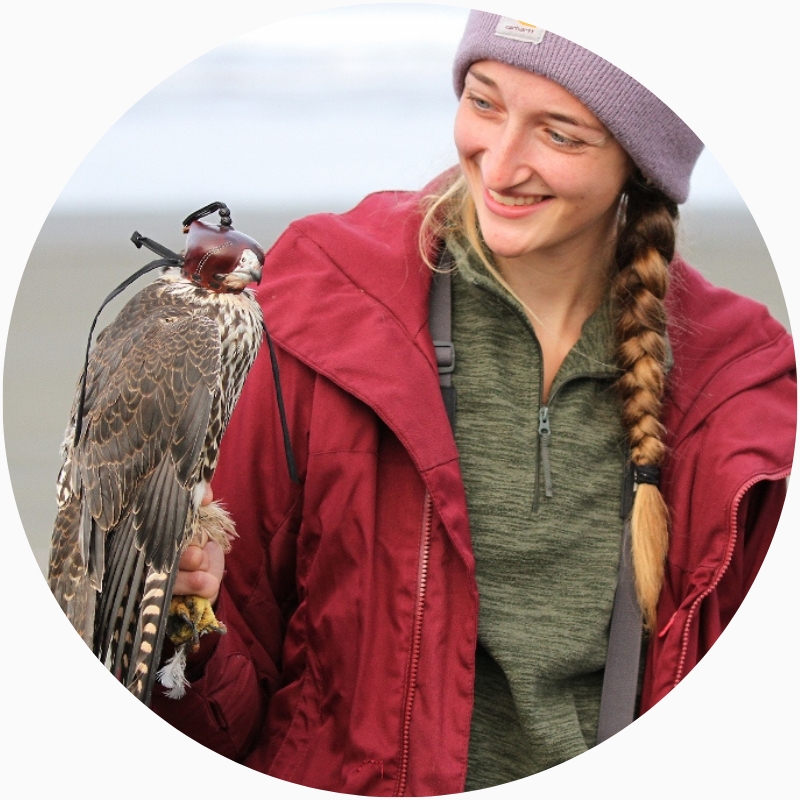 Mercy Melo
Mercy Melo
Mercy Melo is the Environmental Education Specialist for the Game Commission’s Northcentral Region. Mercy found her passion for conservation while conducting research on raptors, which she still enjoys volunteering with today!